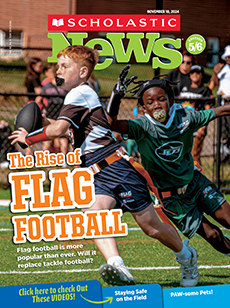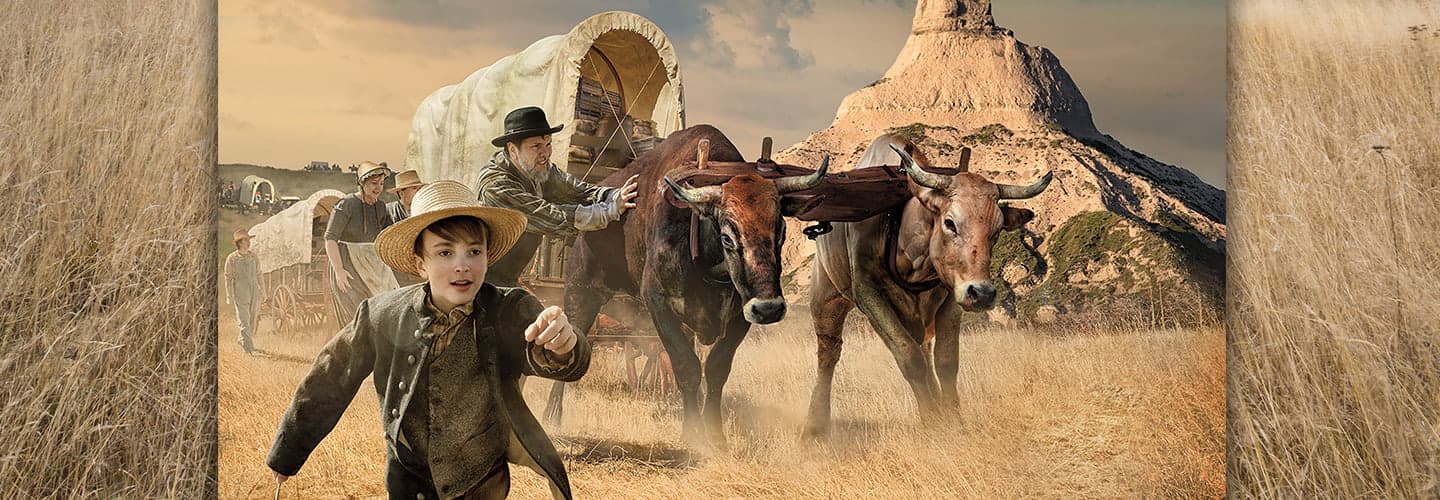Imagine packing up everything you own and walking nearly 2,000 miles to find a new home. Starting in 1843, tens of thousands of Americans did just that. They migrated west on a pathway that became known as the Oregon Trail.
Last spring, students at Central Elementary School in Kearney, Nebraska, got a hint of what life was like for those pioneers. Their town isn’t far from where the Oregon Trail once ran. The students decorated shopping carts to look like covered wagons and were given pioneer family names. Then they spent a full school day working in groups to push their “wagons” nearly 3 miles along their own version of the trail.
“The Oregon Trail is a big part of our state history,” says teacher Troy Saulsbury. He’s been leading the project for his fourth-grade students for about 15 years.

